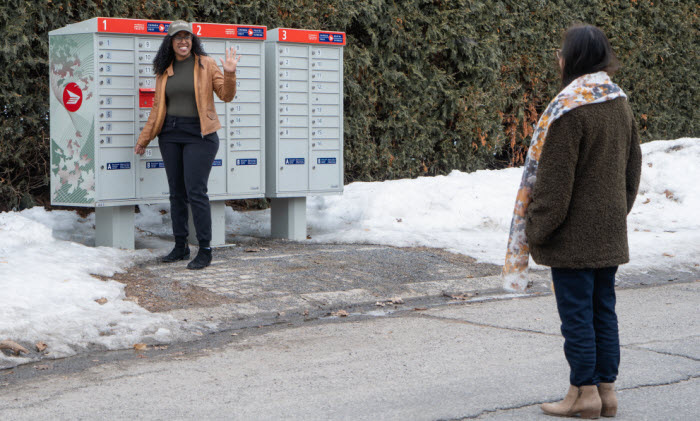Please visit our COVID-19 resource page for the most current information about Red Cross programs, support, and tips.
By Farah Ng, Canadian Red Cross Digital Volunteer
As Canadians across the country are being asked to stay at home to prevent the spread of COVID-19, you have probably heard some different terms on the news, such as isolation, self-isolation, self monitoring and social distancing/physical distancing.
Using the right terms is important because the right practices protect vulnerable people and help our health care workers.
Let’s go through each of these terms and what they mean.

Social distancing/physical distancing means keeping your distance from other people, avoid large gatherings and stay home as much as possible. All Canadians are being asked to practice social distancing, by staying at least two metres (six feet) apart from other people when away from home. Keep this in mind in public places such as restaurants and stores.
Example: Reduce your number of trips to the grocery store and keep your distance from other people, including in line-ups.
Self-monitoring includes monitoring yourself for 14 days for any
symptoms of COVID-19. Avoid going to crowded places. This measure is for people who have either been in contact with someone who has COVID-19 or have close contact with
medically vulnerable people.
Example: You work at a retirement home. Since you work with seniors who are medically vulnerable, you should self-monitor for 14 days. If you notice if you have symptoms, isolate yourself and contact Public Health immediately.
Self-isolation means monitoring yourself for symptoms for 14 days and avoiding contact with other people. This applies to those who have travelled outside Canada or had
close contact with someone who has COVID-19.
Example: You recently visited your parents overseas and have returned to Canada. You monitor your symptoms for 14 days and avoid contact with other people including family and roommates. You ask your friends or family to pick up groceries and prescriptions for you. If you notice symptoms, contact Public Health.
Isolation means to stay at home and avoid contact with other people. This is for anyone who has been diagnosed with COVID-19 or is waiting for test results.
Example: You noticed flu-like symptoms and go to an assessment centre for testing. While you wait for your results, you practice isolation. You ask your daughter to buy you supplies and leave them at your door. If your symptoms get worse, contact Public Health and follow their directions.
Note that this article does not replace advice from your health care provider. If ever in doubt, listen to your Public Health authorities or your doctor.
For more information, see the Government of Canada’s
COVID-19 site.
Information in this blog is from the Public Health Agency of Canada.
Related:
Working from home: Solutions to the challenges of an abrupt workplace change
Tips to help families during self-isolation due to COVID-19